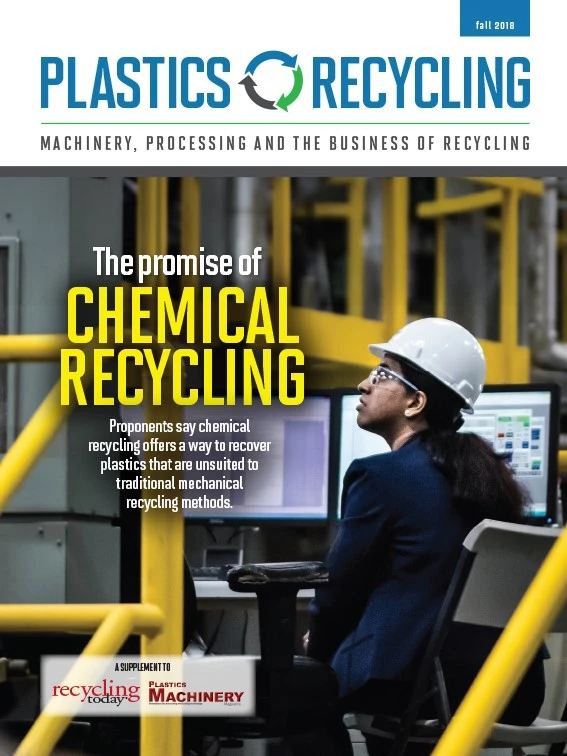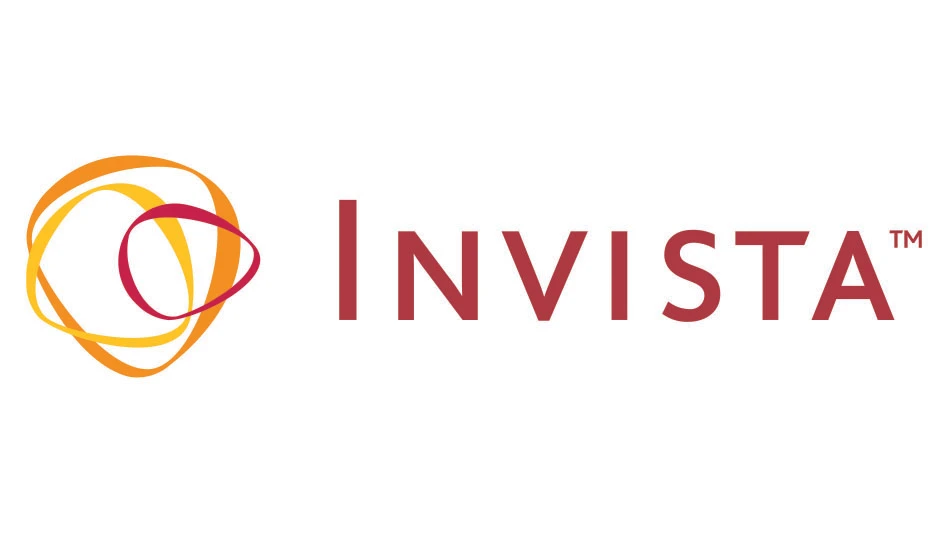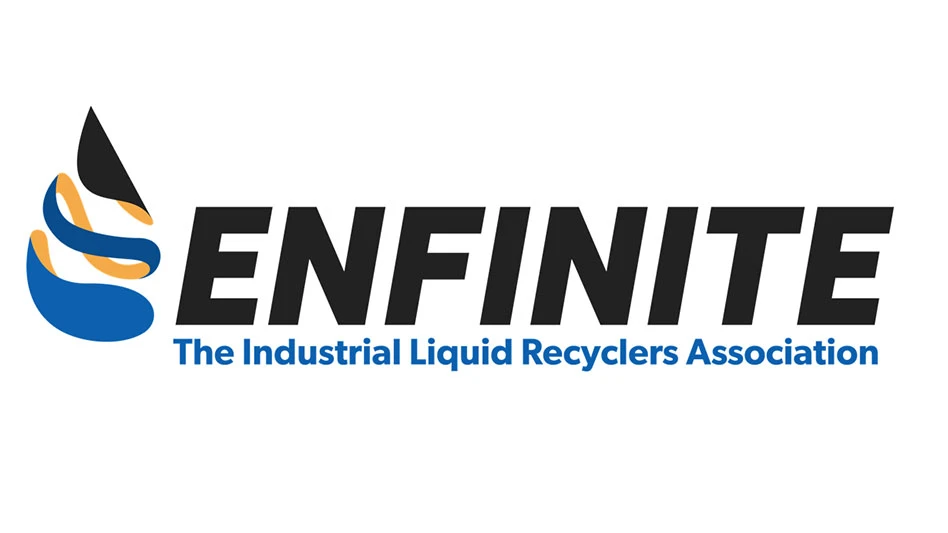
The United States is at a critical juncture where it must decide how to deal with a problem that has been building for years—something that policymakers at all levels of government have largely ignored.
No, I’m not talking about plastic straws—or at least, not just plastic straws. I’m talking about our nation’s waste.
Even before China decided to stem the flow of scrap imports, the U.S. faced a growing problem. China’s National Sword policy has only accelerated the need to address America’s waste management infrastructure, and to address it soon. Markets like China and other Southeast Asian nations that have also cut back on scrap imports have, until now, been the leading importers of the raw materials that comprise the bulk of what gets recycled.
A variety of U.S. industries grew accustomed to sending their leftovers overseas. The plastics industry and other industries that relied on the export of materials to overseas recyclers are now faced with finding a way forward that doesn’t rely on other countries to do their dirty work.
The plastics industry has stepped in to advocate for a national initiative to spur investment in recycling equipment and increased use of recycled materials. The industry has been facing critical decisions about product stewardship given the public’s heightened awareness of marine debris and discussions among the world’s largest economies about shifting from a linear economy to a circular economy.
This is where the movement to ban straws comes in— environmental interest groups have latched on to some real and serious international waste management issues and attached them to the ubiquitous and utilitarian straw to make a point about consumption.
At the start of this year, as the Plastics Industry Association (PLASTICS) was broadening its policy and advocacy agenda in support of industry sustainability goals (covered in the Summer 2018 edition of Plastics Recycling magazine, available at www.RecyclingToday.com/article/rethinking-how-we-meaningfully-address-marine-debris), internal working groups began by examining areas where breakthroughs could be made on greater material recovery and the barriers prohibiting greater success. As we tried to operationalize sustainable materials management (SMM) policies and address concerns from environmental advocates related to marine debris and the need to create a more circular economy, it became clear what we needed to focus on.
Infrastructure coalition
The majority of material our industry creates can be recycled. But it is not getting recycled. Consumers and policymakers are not aware that most of these items can be recycled. Environmental advocates and even waste management companies will suggest that some plastics cannot be recycled. When challenged on these points, they say that people lack access to facilities that would recycle such goods. The Federal Trade Commission even uses access to recycling as a determining factor as to whether a product can claim to be recyclable.
Certainly, for recycling professionals and plastics industry experts, market forces explain this, as well. We take for granted that end markets are needed and that if there is no market for a material, it is unlikely to be recycled.But recycling also has a societal benefit—waste management is a public utility. Relying solely on market forces has left us with an incomplete system for dealing with post- consumer material. Postindustrial or postcommercial material was being processed, but largely on autopilot—shipped to China or another importer—or, if no market was available, going to landfill. Plastic packaging, for all its benefits, is getting trashed, literally and figuratively.
PLASTICS believes that a major boost to recycling efforts (both mechanical and chemical) and innovation in product design are the best solutions to address the problem. Together with 13 other organizations—the American Chemistry Council (ACC), the American Institute for Packaging and the Environment (AMERIPEN), the Association of Plastic Recyclers (APR), Carpet America Recovery Effort (CARE), the Construction & Demolition Recycling Association (CDRA), the Flexible Packaging Association, the Food- service Packaging Institute, GreenBlue, the Institute of Scrap Recycling Industries (ISRI), the National Waste & Recycling Association (NWRA), PAC Packaging Consortium, the Solid Waste Association of North America (SWANA) and The Recycling Partnership—we outlined a set of concepts to advance recycling as an infrastructure imperative at the federal level. The organizations delivered a letter to Capitol Hill in April, calling on congressional leaders to develop and advance an infrastructure investment package that would address the United States’ need for better recycling efforts and innovation.

At that time, the administration released a framework for infrastructure investment, and Congress was organizing around a legislative effort to fund road and bridge programs.
Our appeal gained more urgency and media coverage in part because of factors such as China’s National Sword policy and the domino effect global market disruptions were having on U.S. recycling programs and the loss of valuable feedstock for American manufacturing that occurs when material that isn’t recycled ends up in landfills.
The letter outlined priorities for recycling in the U.S.:
- Material recovery facilities (MRFs) could be retrofitted with advanced sorting equipment to identify and properly handle a wider range of packaging, including flexible film and smaller items made of otherwise recyclable material.
- MRFs, plastics recycling facilities and conversion technology facilities that advance responsible environmental standards could be permitted more quickly, creating valuable commodities, chemicals and energy products that produce positive environmental impacts while creating additional processing capacity.
- The use of recycled material in infrastructure products could be increased where appropriate.
- Private activity bonds for recycling projects could be used more widely.
- Incentive grants for state and local governments could be made available to expand curbside recycling options and the range of materials collected. (Providing access to curbside recycling to all U.S. residents—less than half of Americans presently have the same level of access to curbside recycling as trash collection—would standardize the types of material that can be and are recovered across the country.)
- Education and training could be provided to improve the understanding of what is recyclable and to promote recycling jobs and their role in supporting the U.S. economy and the environment. Jobs are created when recycling is picked up at the curb; when it’s taken to a facility and sorted into metals, plastics and paper; and when those materials are reprocessed and used to manufacture new products.
Members of the coalition presented this comprehensive set of ideas to Capitol Hill lawmakers throughout the summer, telling them they can provide a booster shot to domestic recycling capacity by building out the needed infrastructure so we can process more material domestically.
These priorities have received favorable reactions from both sides of the aisle, leading to additional discussions about the federal government’s role in waste management. Policymakers also have shown interest in exploring the impact import restrictions have had on materials and on other industries.
Knowing that most of the day-to-day management of recycling and waste comes at the local level and that states have a more direct impact on environmental and land-use regulations, the coalition also has been talking with municipal and state leaders. Our conversations with local leaders are building support for a partnership approach that involves industry working with the federal and state governments, as well as with municipal leaders, to arrive at solutions that are flexible and simultaneously build capacity as we as end-market opportunities.
We continue to raise these points with leaders at all levels of government and to look for champions in cities and state capitals to advance this recycling agenda throughout the rest of this year and in 2019.

Attacking the problem from all sides
Our draft proposal seeks to create a program that would increase collection rates, expand curbside recycling, broaden the variety of materials accepted and ultimately improve the quality of those materials. In addition, we should improve sorting and separation technologies, provide education and job training to support the recycling industry and increase funding for localities transitioning to bins. Also, special efforts are needed to promote public space recycling, develop rural markets, boost end-market development and expand the number and reach of new facilities and regional transfer hubs. To achieve these ends, investment tax credits, loan guarantees and matching grant proposals are all being explored.
The effort is calling for a change in how the nation thinks about its used material—not as trash nor waste but as a commodity to be valued. Major investments in upgrading and retrofitting MRFs, adding regional aggregation and transfer facilities and opening more recycling processing plants are critical to allowing the United States to process its own material, especially as the nations that have been the primary destinations continue to restrict shipments or raise the bar in terms of the quality of the materials they will accept.
At the same time, the industry is driving innovation and demand-side initiatives aimed at creating markets for recycled materials. Private sector investment and public-private efforts are underway to show how previously discarded material can become the feedstock for a variety of new products or better performing versions of products, such as industrial pallets and construction and roadway material.
For the effort to work, we’re also calling for more public education about what is recyclable and how to recycle it and for increased access to recycling for commercial businesses and residential consumers.
Putting these initiatives into action would have a far more dramatic and positive impact on the environment than any collection of straw bans or material restrictions. It would spur new products and processes that would create jobs. Improving national waste management infrastructure would address generational problems with landfills and promote smarter growth. It also would combat the negative impacts of improper disposal of packaging by renewing our focus on litter prevention.
We know through consumer research that people want to have a positive impact and feel that they are taking responsibility for their behavior. They are overwhelmed by the variety of messages they see and hear about what is and is not recyclable, much of which is inaccurate or incomplete. Adding to the confusion are the different rules in neighboring jurisdictions.
Restricting specific products is the wrong way to go. When local governments consider new waste management contracts, their market analyses need to take into account the public good and environmental benefit of increased recycling. Teaching new generations of consumers how to properly dispose of material allows them to make positive changes and would deliver results for decades to come.
For more information:
Plastics Industry Association, 202-974-5200, www.plasticsindustry.org

Explore the November 2018 Plastics Recycling Issue
Check out more from this issue and find your next story to read.
Latest from Recycling Today
- Greenville, Mississippi, launches aluminum can recycling program
- Cotton Lives On kicks off 2025 recycling activities
- Georgia-Pacific names president of corrugated business
- Sev.en Global Investments completes acquisitions of Celsa Steel UK, Celsa Nordic
- Wisconsin Aluminum Foundry is a finalist for US manufacturing leadership award
- MetalX announces leadership appointments
- Sofidel agrees to purchase Royal Paper assets
- US Plastics Pact report charts expansion path for recycled content in packaging





